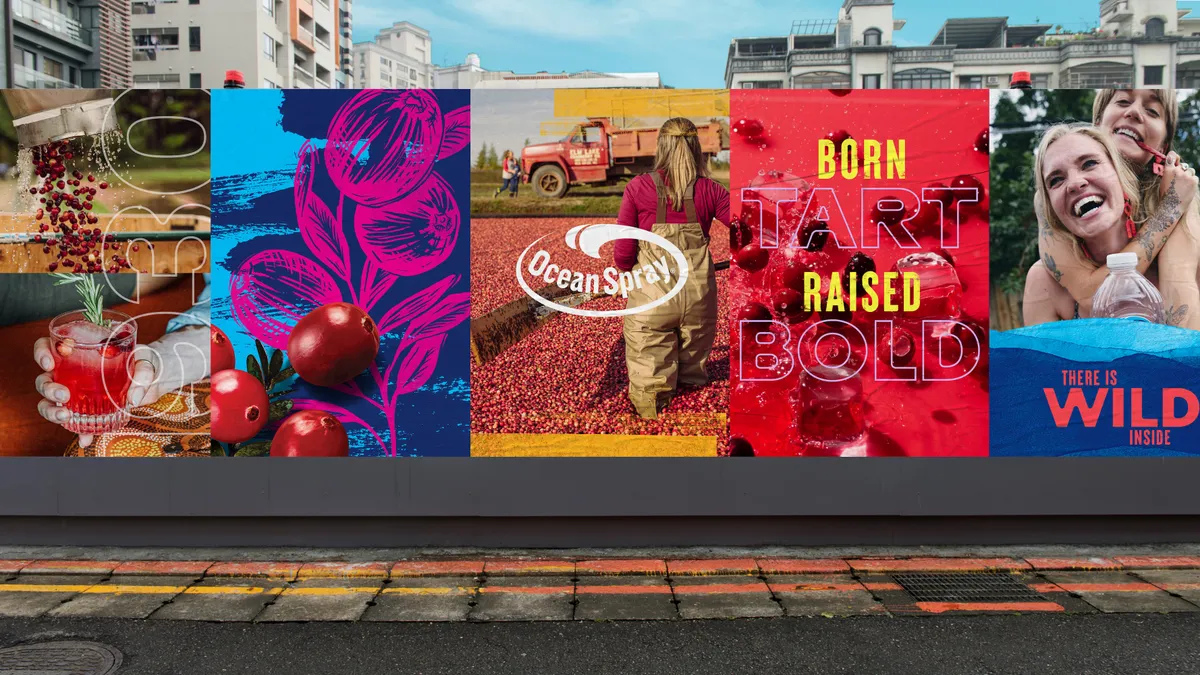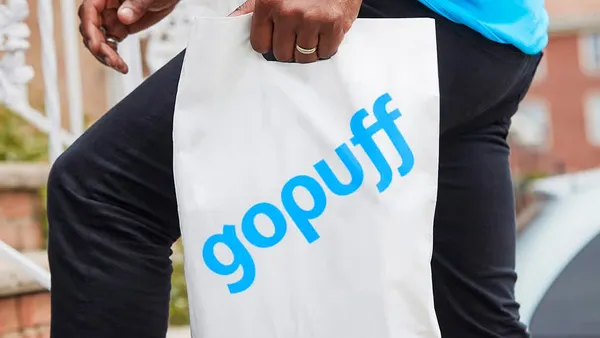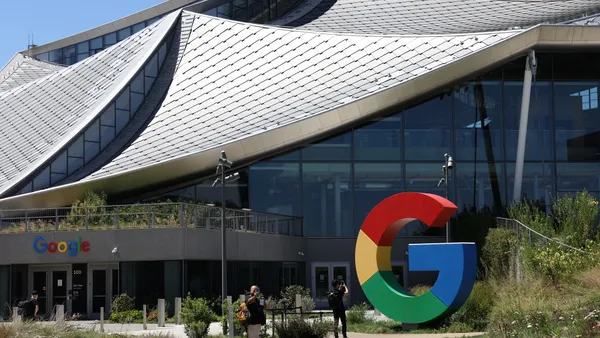As business closure rates and pandemic challenges stabilize in the “new normal” global economy, social media is more valuable than ever for small businesses (SMBs). Our new digital ecosystem has brought new channels, tools and trends to explore for marketing businesses – but what will ultimately help businesses succeed and create a lasting impact?
Three trends I expect to converge in the year ahead that will benefit small business marketers are:
Automation and Outsourcing
Pandemic recovery has driven many businesses to become laser-focused on finding operational efficiencies to support their bottom line. People automate daily tasks by leveraging technology, so it only makes sense to apply some of that convenience to the hardest parts of managing their business. Automated online tools that simplify marketing operations will become more valuable for businesses looking to take the guesswork out of growth.
For example, new technologies have emerged to increase brand discovery and target the right audience, like Meta’s Advantage+ Shopping, which leverages machine learning to help businesses reach valuable audiences more broadly and efficiently. It’s not just Meta taking this path though – we also see messaging partners developing technologies that quickly automate responses to customers inquiring about a particular product, service, etc.
Commerce partners have also been big proponents of SMBs over the past few years, helping them outsource their ecommerce operations and offering automated solutions that would have otherwise been technologically out of reach. Looking ahead, we see them furthering their support by helping SMBs adopt sophisticated technologies (for example, Meta’s Conversions API that we have found delivers a 13% improvement in cost per action for our customers on average) to optimize their marketing efforts.
Next year, I recommend leveraging automated tools that advance online ad campaigns in three ways:
- Optimization: Using a tool that ensures each campaign achieves better results and can sustain those results over time.
- Personalization: Finding a tool to help match a campaign with the right people to create and forge deeper connections with new and lasting customers.
- Efficiency: Set it and forget it with the right automation tool that can run processes without extensive effort and time on their part. This will free up time for strategic, big-picture work.
Tighter Scrutiny on Marketing Budgets
Historically, marketing budgets have been amongst the first things cut when economic outlook is uncertain, so it doesn’t come as a surprise now to see companies across the industry looking closely at the returns they see from their marketing dollars. That said, I do expect 2023 will be slightly different from times past in one important way: today’s performance marketers have much more powerful tools to measure the impact of their efforts than during the last global economic slowdown. Rather than trying to justify a marketing budget with proxy metrics, I expect marketers will lean heavily into channels and placements where they can precisely track their return on advertising spend and report it back to the business.
It is likely that marketers and businesses will significantly decrease any spend that is not driving direct business results or where accurate, in-depth measurement is lacking. Proxy metrics such as views or engagement are unlikely to suffice for a business whose objective is sales and conversions. By utilizing more robust measurement tools, SMB owners can make informed decisions about how and where they spend, as well as which channels to prioritize for their business goals.
The Rise of “Cookie-less Measurement”
Effective marketing is built on understanding what drives results. As the industry adapts to new ways of measurement amid the “new normal,” we will see further adoption of measurement methods that don’t rely on third party cookies. For example, methods such as media mix modeling (MMM) and privacy enhancing technologies (PETs), which have traditionally only been available to large businesses with sizable budgets. In 2023 and beyond, I anticipate we will see some of these trends converge, prompting industry partners to develop in-house measurement methods that better benefit advertisers, especially smaller ones.
With new tools and technology available to small businesses, marketing can be a driver of success both locally and globally. We want to be a part of creating that success and so Meta created the Performance 5 – guidance outlining the top tactics small businesses need for improving their advertising campaigns. As a part of the guide, we show businesses how to take advantage of our tools to not only more accurately measure ad success, but also improve campaign targeting and decrease cost per action.
In 2023, with the right strategy and tools, small businesses can seamlessly drive sales and expand their customer bases in a complex marketing world.










